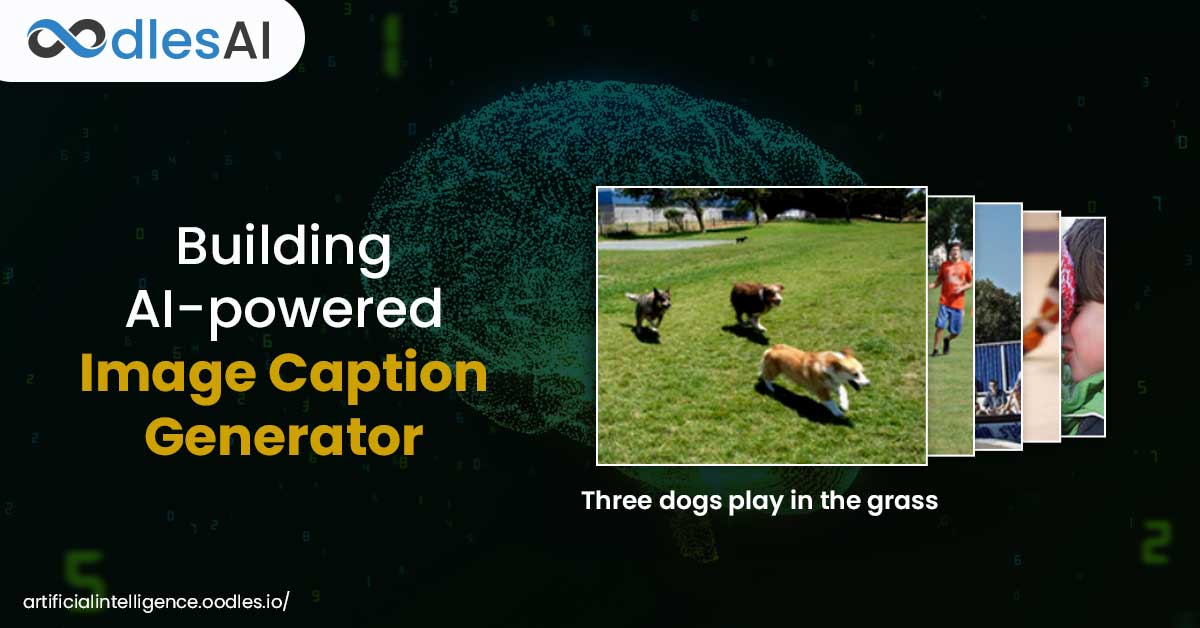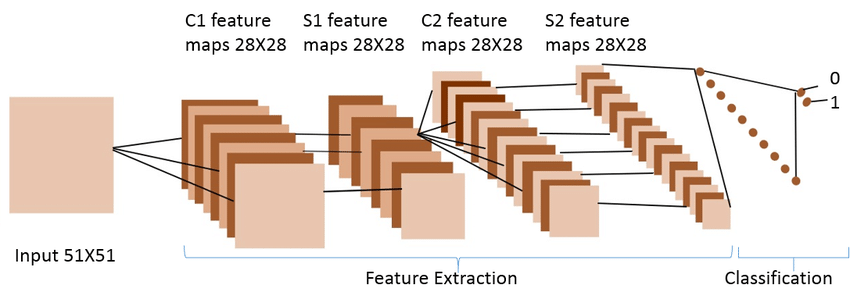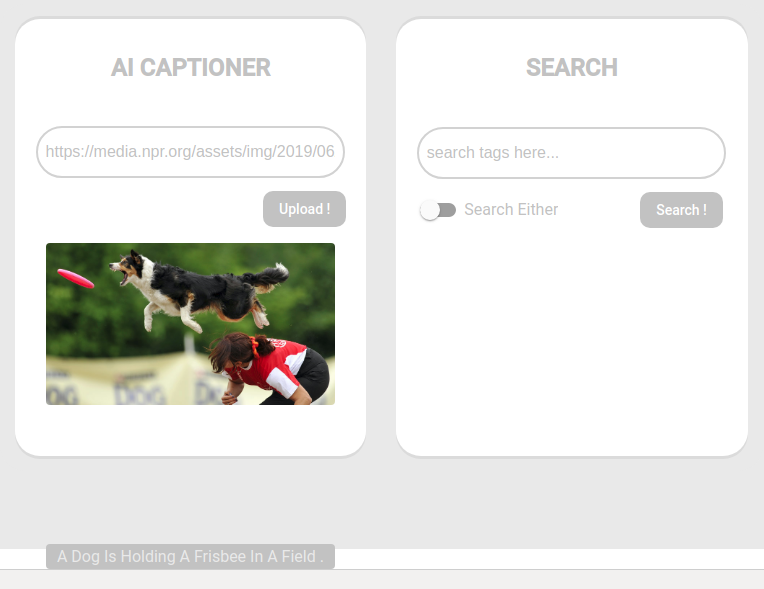Building and Deploying an AI-powered Image Caption Generator
Sanam Malhotra | 8th April 2020

Visuals and imagery continue to dominate social and professional interactions globally. With a growing scale, manual efforts are falling short on tracking, identifying, and annotating the prodigious amounts of visual data. With the advent of artificial intelligence, multimedia businesses are able to accelerate the process of image captioning while generating significant value. AI-powered image caption generator employs various artificial intelligence services and technologies like deep neural networks to automate image captioning processes.
Let’s dig in deeper to learn how the image captioning model works and how it benefits various business applications.
Applications of AI-powered Image Captioning
The AI-powered image captioning model is an automated tool that generates concise and meaningful captions for prodigious volumes of images efficiently. The model employs techniques from computer vision and Natural Language Processing (NLP) to extract comprehensive textual information about the given images.
1) Recommendations in Editing Applications
The image captioning model automates and accelerates the close captioning process for digital content production, editing, delivery, and archival. Well-trained models replace manual efforts for generating quality captions for images as well as videos.
2) Assistance for Visually Impaired
The advent of machine learning solutions like image captioning is a boon for visually impaired people who are unable to comprehend visuals. With AI-powered image caption generator, image descriptions can be read out to visually impaired, enabling them to get a better sense of their surroundings.
3) Media and Publishing Houses
The media and public relations industry circulate tens of thousands of visual data across borders in the form of newsletters, emails, etc. The image captioning model accelerates subtitle creation and enables executives to focus on more important tasks.
4) Social Media Posts
For social media, artificial intelligence is moving from discussion rooms to underlying mechanisms for identifying and describing terabytes of media files. It enables community administrators to monitor interactions and analysts to formulate business strategies.
What Constitutes an AI-powered Image Captioning Model?
The AI-infused image caption generator is packed with deep learning neural networks; namely, Convolutional Neural Networks (CNN), Recurrent Neural Networks (RNN), and Long Short Term Memory (LSTM), wherein-
1) CNNs are deployed for extracting spatial information from the images
2) RNNs are harnessed for generating sequential data of words
3) LSTM is good at remembering lengthy sequences of words

A functional CNN-RNN model.
Image source- Researchgate.
3 Phases of AI-powered Image Caption Generator
1) Feature Extraction
The first move is made by CNNs to extract distinct features from an image based on its spatial context. CNNs create dense feature vectors, also called embedding, that is used as an input for the following RNN algorithms.

The CNN is fed with images as inputs in different formats including png, jpg, and others. The neural networks compress large amounts of features extracted from the original image into smaller and RNN-compatible feature vector. It is the reason why CNN is also referred to as ‘Encoder’.
2) Tokenization
The second phase brings RNN into the picture for ‘decoding’ the process vector inputs generated by the CNN module. For initiating the task fo captions, the RNN model needs to be trained with a relevant dataset. It is essential to train the RNN model for predicting the next word in the sentence. However, training the model with strings is ineffective without definite numerical alphas values.
For this purpose, it required to convert the image captions into a list of tokenized words as shown below-

Image Source- Manning
3) Text Prediction
Post tokenization, the last phase of the model is triggered using LSTM. This step requires an embedding layer for transforming each word into the desired vector and eventually pushed for decoding. With LSTM, the RNN model must be able to remember spatial information from the input feature vector and predict the next word. Now with LSTM performing its tasks, the final output is generated by calling the (get_prediction) function.
Recently, the Oodles team built an image captioning model powered by deep neural networks. Here’s how it process the images to generate near accurate outputs-

In addition to image captioning, the model can be used to search for relevant images with input in the form of tags such as “cars”, “books”, etc. We have achieved over 80% accuracy in generating image captions with this model and continue to train the model for greater efficiency.
AI-powered Image Caption Generator Built by Oodles AI
We, at Oodles, are a team of skilled professionals working with artificial intelligence technologies to build advanced enterprise-grade solutions. Our experiential knowledge with machine learning and deep learning models enables us to render effective AI solutions, including-
a) Image Caption Generator
c) Optical Character Recognition for Text Analysis
d) eCommerce Recommendation Systems
e) Custom and Diagnostic chatbots in light of the current COVID-19 pandemic, and more.
In addition, our team is efficient at deploying third-party AI frameworks such as IBM Watson, AWS, Dialogflow, and Microsoft Azure for building domain-specific AI models. Learn more about our expansive artificial intelligence services by reaching out to our AI development team.



